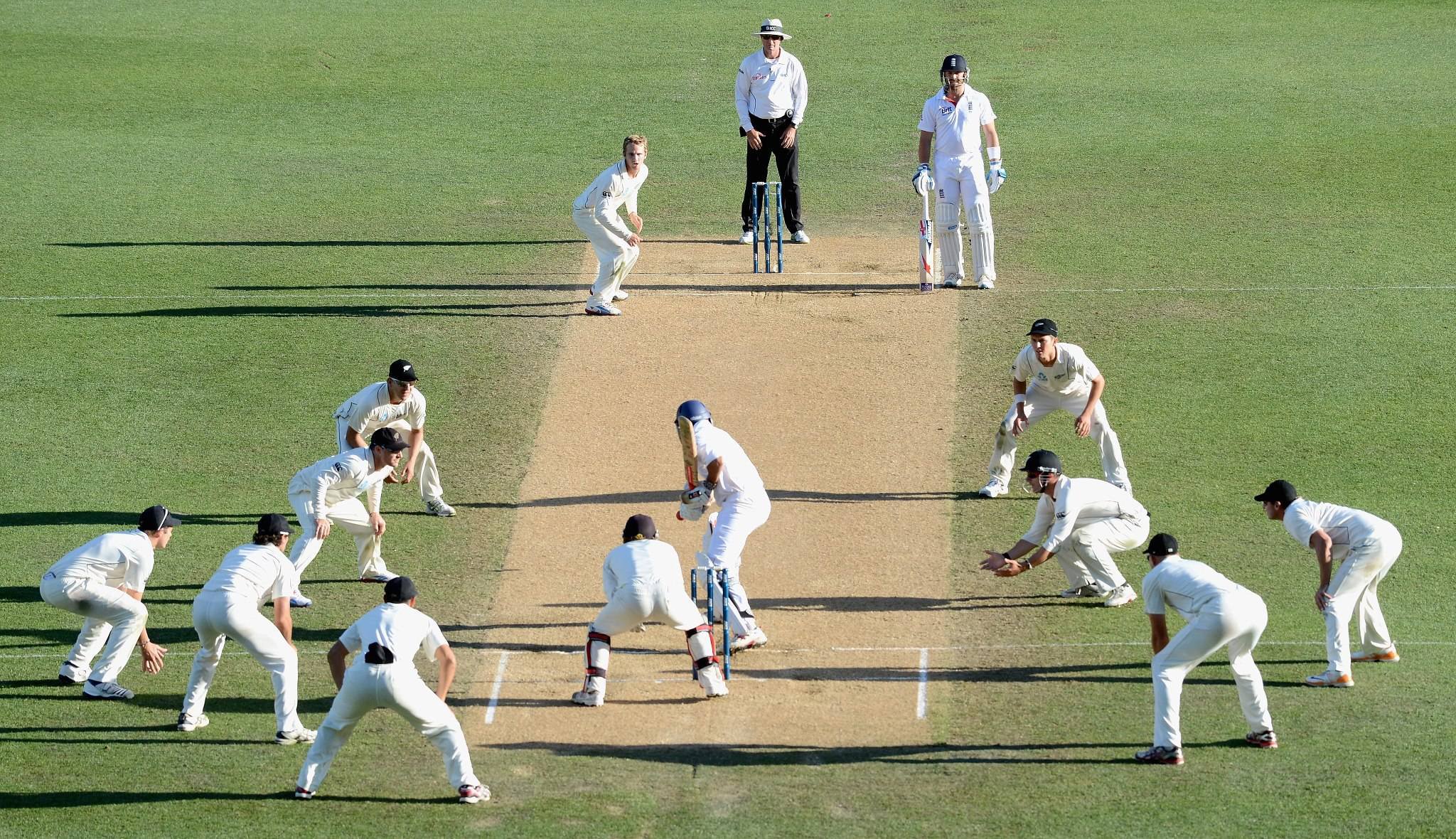
Cricket Analysis: Ravindra Jadeja throws the ball in one second, the speed and distance is decided by the angle.
Jadeja's bowling on the field keeps batsmen in trouble. Off the field, this is how Jadeja bowls at a distance of 20 feet.
This style of Jadeja has often been noted by throwing from distance and taking the batsman out of the field directly on the stumps.
Science of Cricket.
Today's Science of Cricket is talking about how Pakistani batsman Shoaib Malik became the victim of Jadeja's bullet throw in the Champions Trophy, know the science behind this skill in this article.
The science behind ball throwing.
There is a law of motion which is applicable in throwing a ball. This law is such a law that in a way it is a projectile motion law because when something is thrown parallel to the ground, how far it will go depends on the angle, force and Dependent on gravity. According to this rule, if the angle is changed, the distance also changes and it is usually seen maximum up to 45 degrees, but if the angle increases, the distance decreases.
This science is applicable to all cricketers, not only on the throws of Virat or Jadeja but also on the javelin throw of Olympic gold medalist Neeraj Chopra.
Specialty of Jadeja's throw.
The specialty of Jadeja's throw is that he usually fields at the point within a 30 yard circle, in doing so his reaction time is reduced and he throws at an angle less than 45 degrees, by doing this the flight time decreases and The ball reaches the stumps quickly. When Jadeja releases the ball, the speed is 26 m/second, that is, the ball is seen hitting the stumps in less than a second.
Jadeja's bullet throw.
Jadeja has the highest number of runouts in IPL with 24, making Kohli number 2 - 19 runouts. Jadeja fields at 30 yards. Due to alert mindset, reaction time is low and he throws at 45 degrees or less, release speed 26 m/sec. Lives.
Doing science work.
There are two types of throws in the field, one is very fast and the other is slow, it depends on the conditions.
When the fielder feels that the batsman will easily complete the run, he comfortably throws the throw at about 60 degrees, but it also happens that sometimes when there are more chances of run out, then this angle reduces to 30 degrees. Covers the distance, but due to low degree, the flight time of the ball i.e. the time it stays in the air decreases and the ball is able to reach the wicket faster.


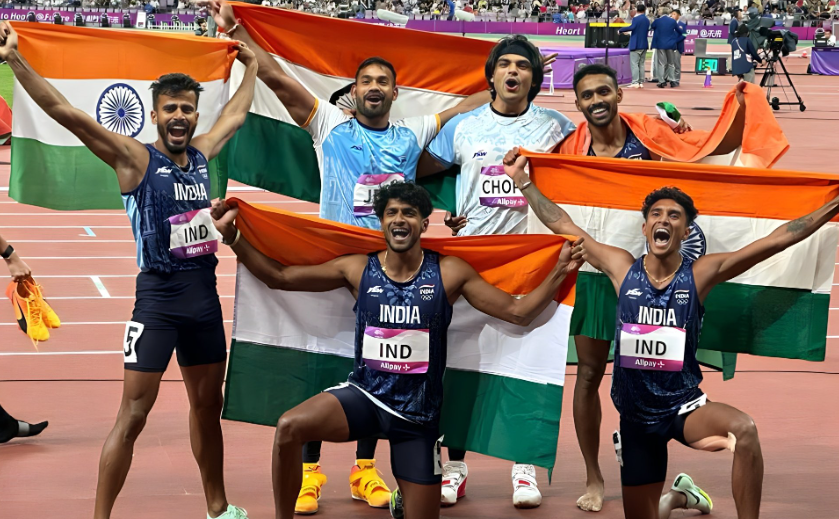

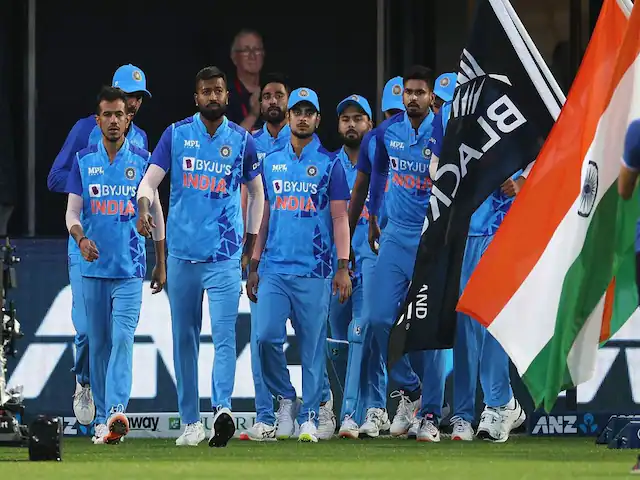
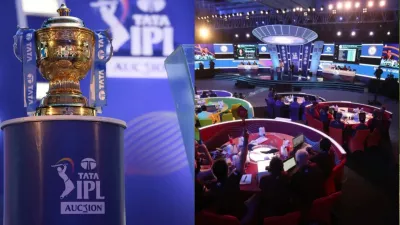


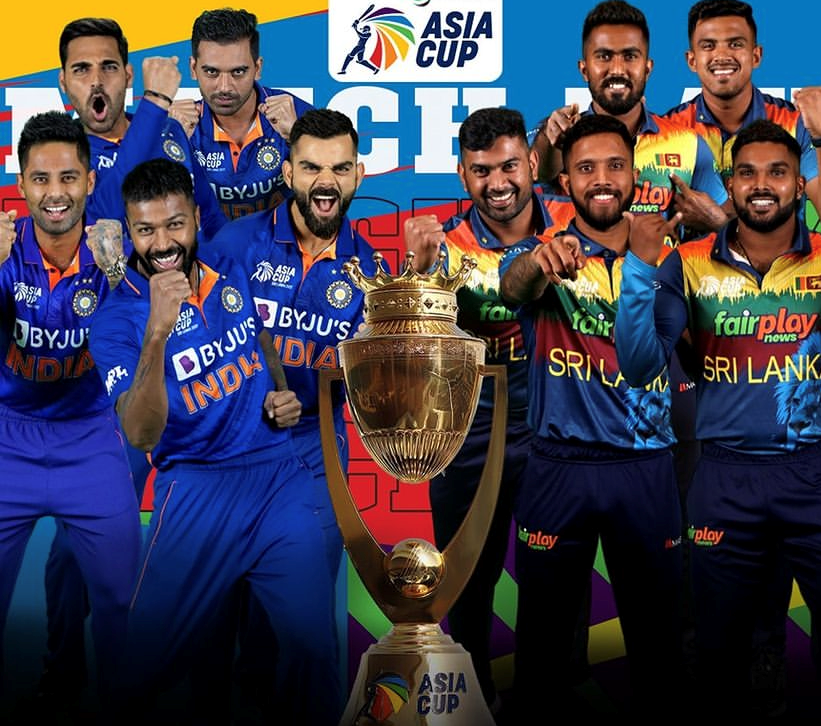
Comments
LEAVE A REPLY
Your email address will not be published